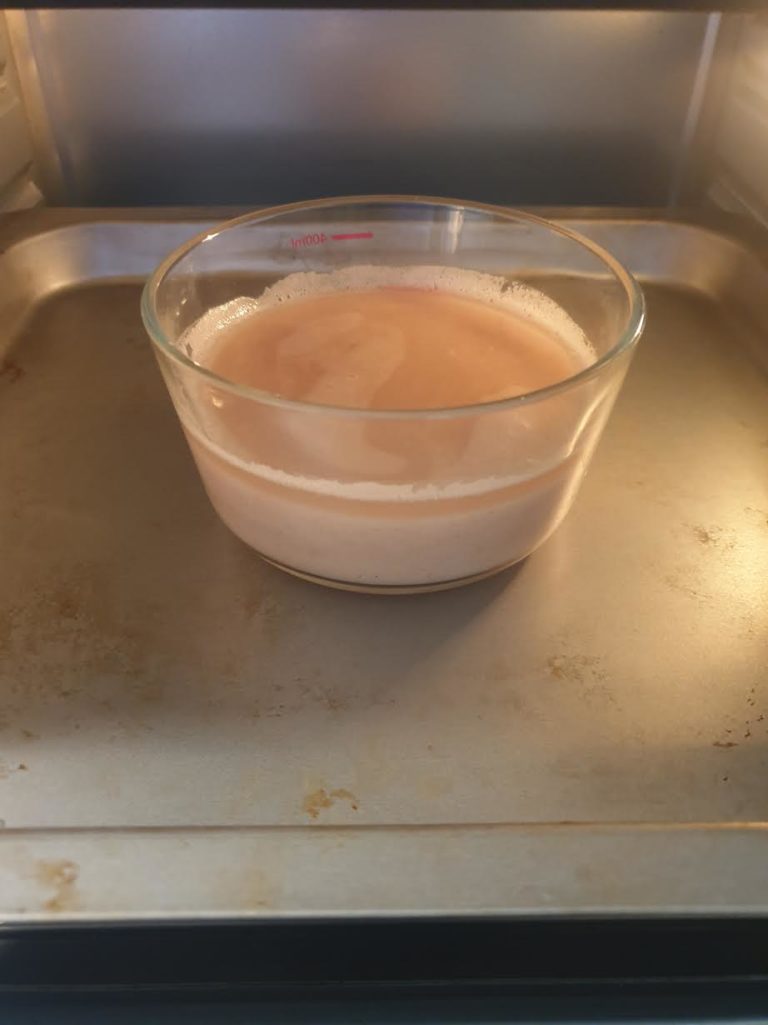
This releases a mostly clear, colorless salty kind of water with a little solid thermonatrite. H 2O, if the temperature becomes 32 ☌ (90 ☏).Sodium carbonate decahydrate stays the same at room temperature, but it changes into the crystal material Na 2CO 3 ♷H 2O, then above 37–38 ☌ (99–100 ☏) to sodium carbonate monohydrate, Na 2CO 3 Both the hepta- and the decahydrate effloresce (lose water) in dry air and are partially transformed into the monohydrate thermonatrite Na 2CO 3 H 2O), the decahydrate and the heptahydrate (Na 2CO 3 ♷H 2O), but is often used in industry to refer to the decahydrate only.The term hydrated sodium carbonate is commonly used to encompass the monohydrate (Na 2CO 3 It crystallizes in the monoclinic-domatic crystal system, typically forming efflorescences and encrustations. Sodium carbonate decahydrate has a specific gravity of 1.42 to 1.47 and a Mohs hardness of 1.

Natron is also the mineralogical name for the compound sodium carbonate decahydrate (Na 2CO 3 ♱0H 2O), which is the main component in historical natron. Some of its ancient household roles are also now filled by ordinary baking soda, natron's other meaningful ingredient. Soda ash also replaced natron in glass-making. Natron's detergent properties are now commercially supplied by soda ash, the mixture's chief compound ingredient, along with other chemicals. Most of natron's uses both in the home and by industry were replaced in time with closely related sodium compounds and minerals.

The mineral was also used as a flux to solder precious metals together. It was used with sand and lime in ceramic and glass-making by the Romans and others at least until 640 CE. Natron is an ingredient for making a color called Egyptian blue. Natron was added to castor oil to make a smokeless fuel, which allowed Egyptian artisans to paint artworks inside ancient tombs without staining them with soot. In some cultures, natron was thought to keep both the living and the dead spiritually safe. Also, when exposed to moisture the carbonate in natron increases pH, which makes a good environment for bacteria. The mineral was used in Egyptian mummification because it absorbs water and was a drying agent. It was also an ancient household insecticide, was used for making leather and as a bleach for clothing.


Natron can be used to dry and preserve fish and meat. The mineral was mixed into early antiseptics for wounds and minor cuts. Natron was also a cleanser for the teeth and an early mouthwash. It softens water and removes oil and grease at the same time. Together with oil, it was an early form of soap. Historical natron was harvested as a salt mixture from dry lake beds in Ancient Egypt and has been used for thousands of years as cleaning.


 0 kommentar(er)
0 kommentar(er)
